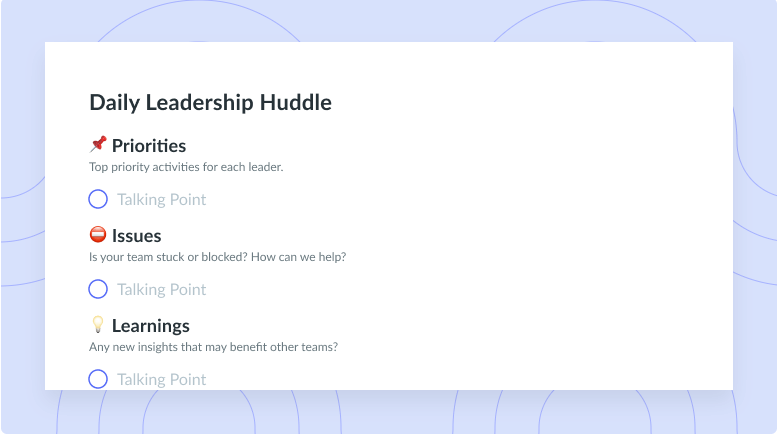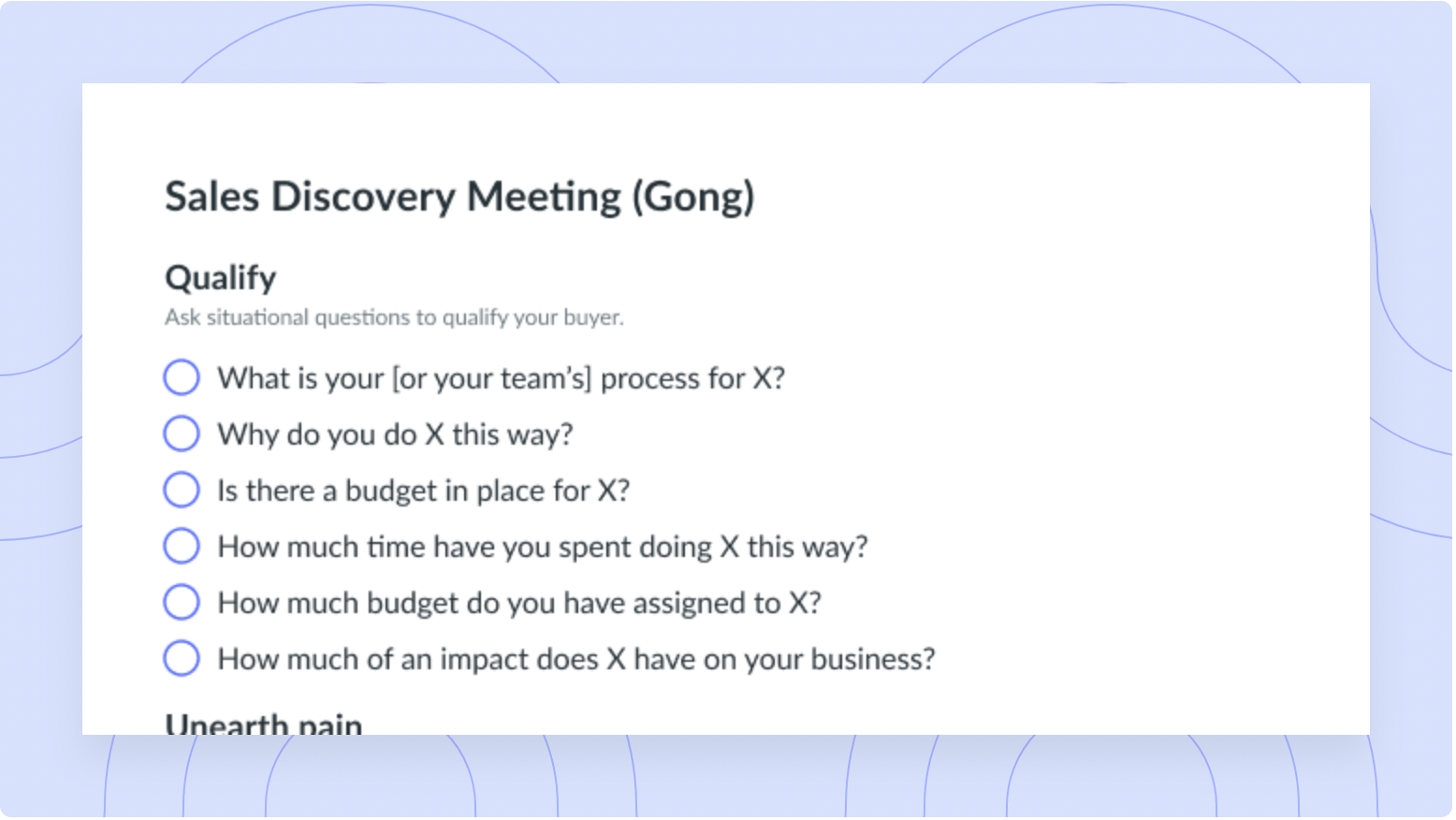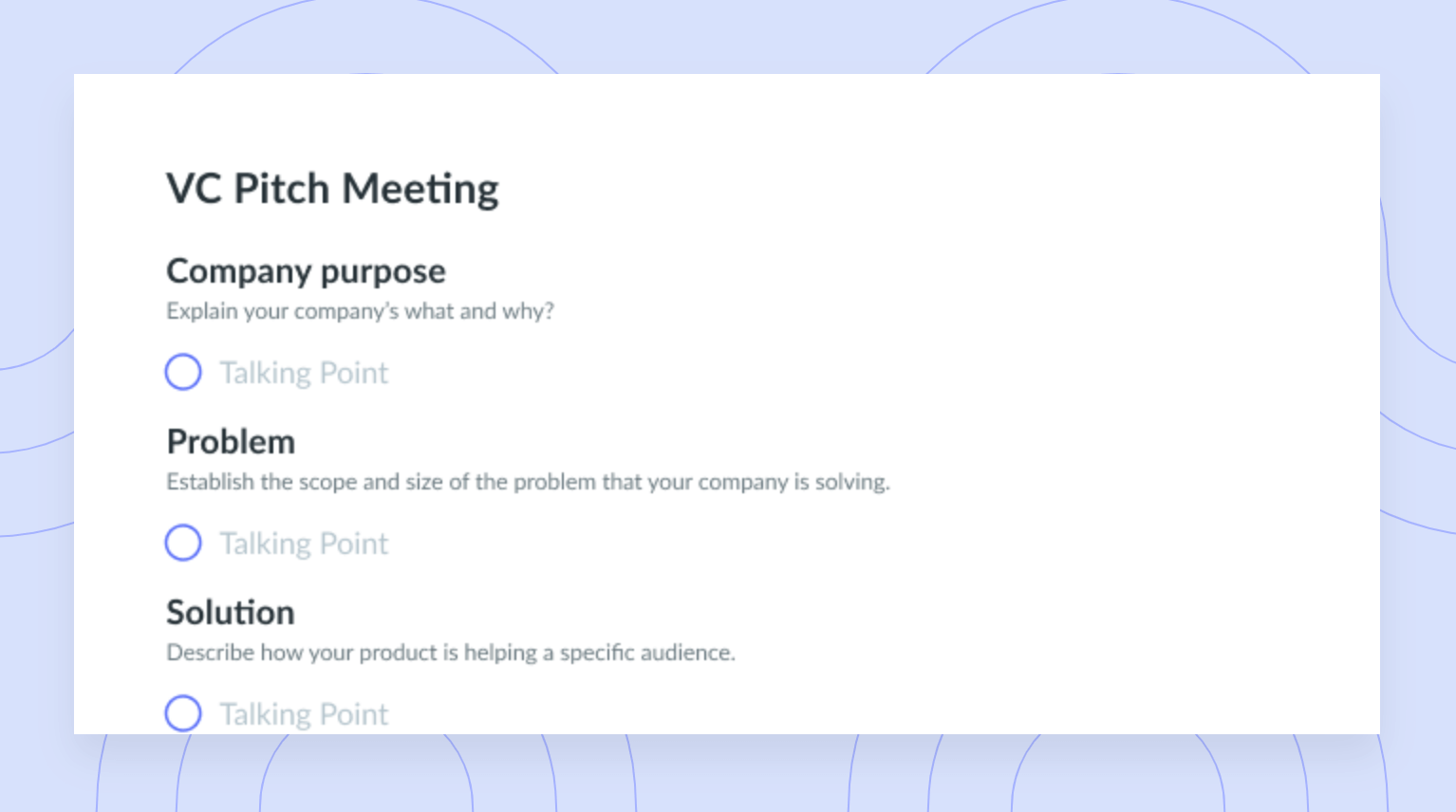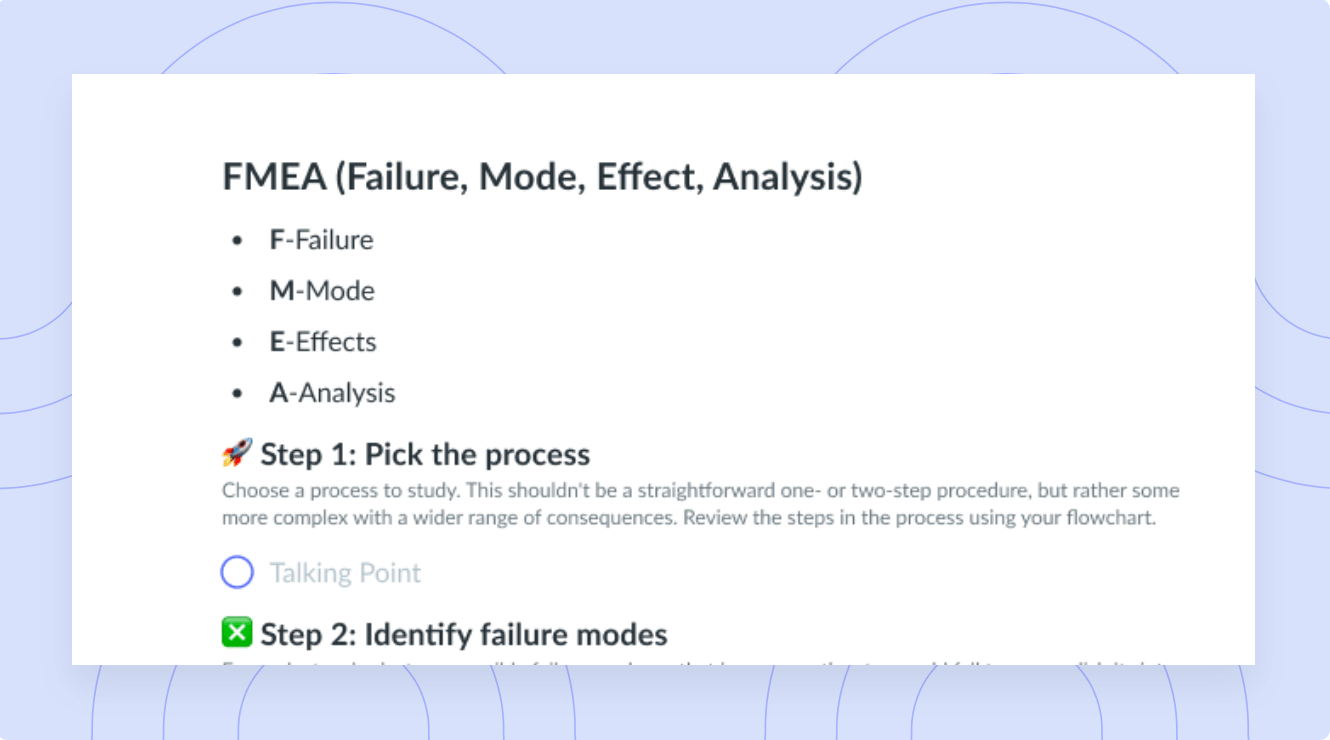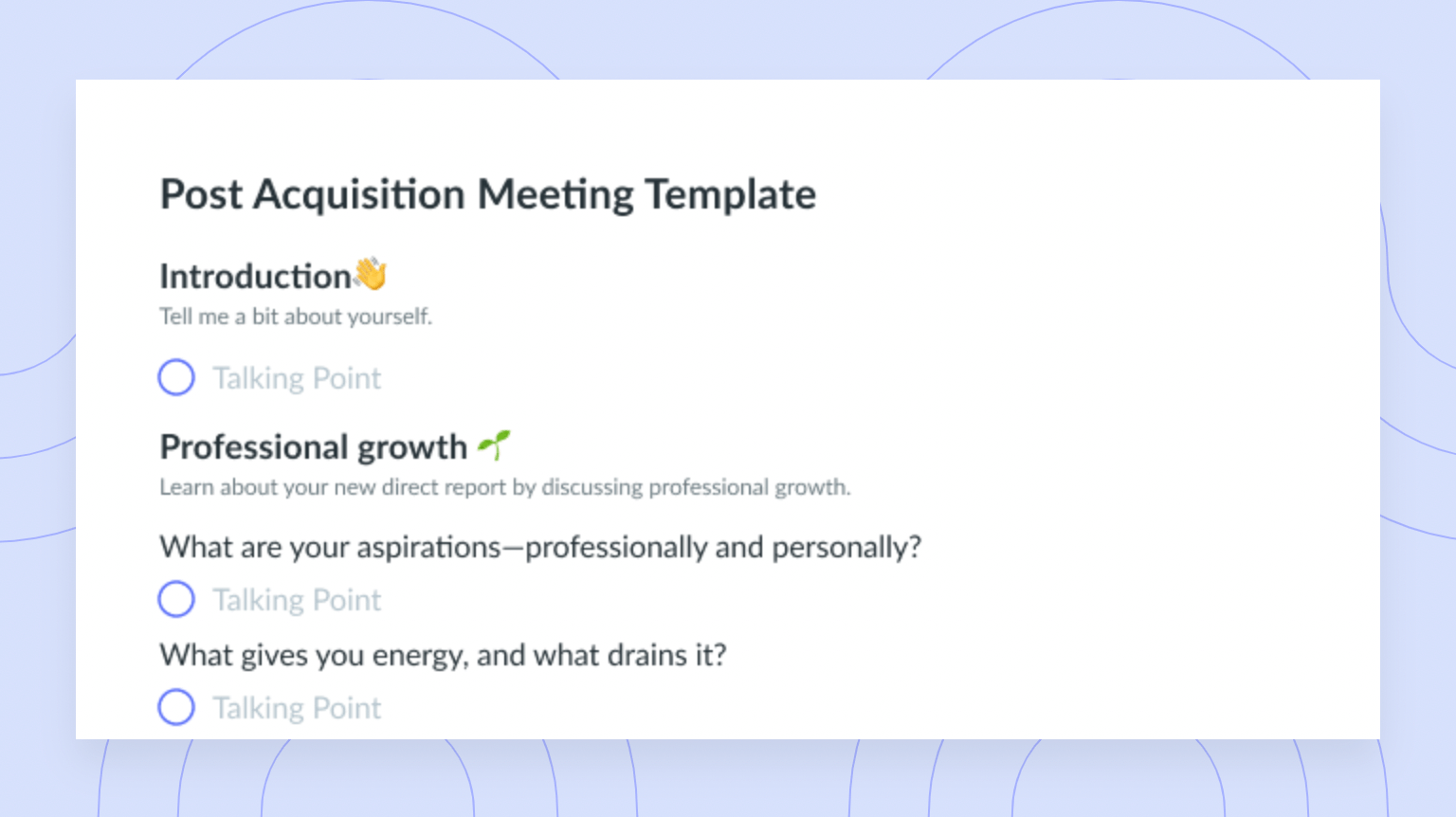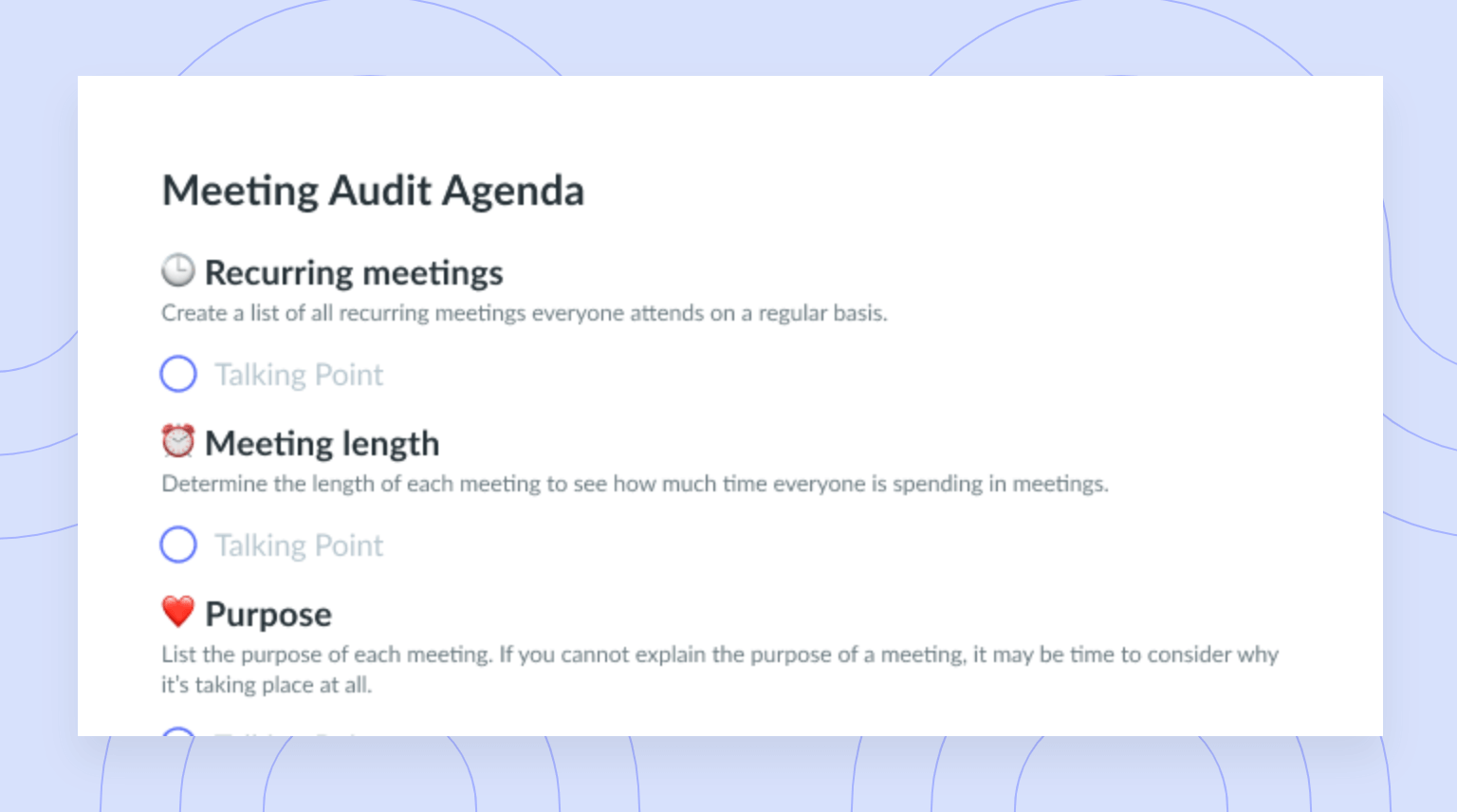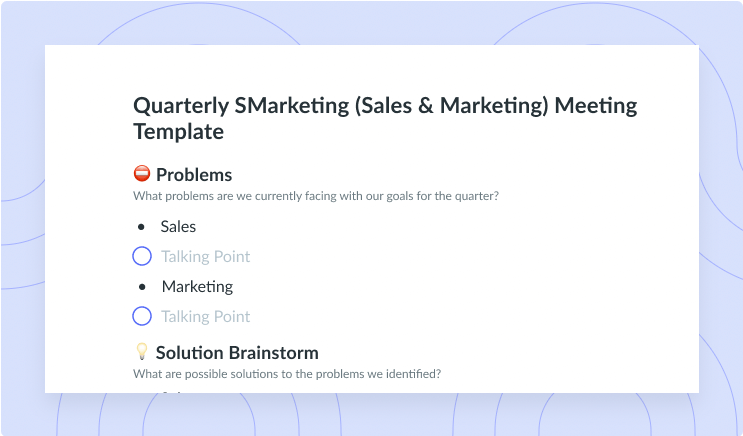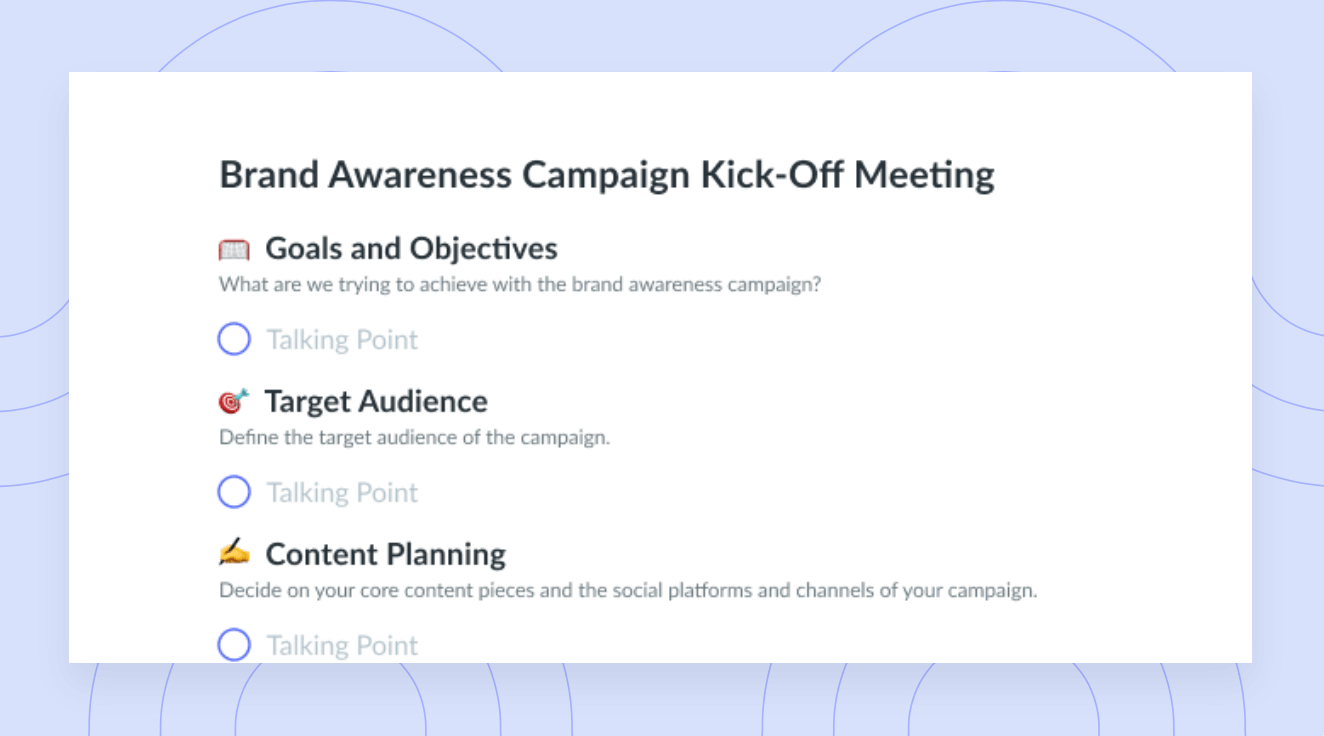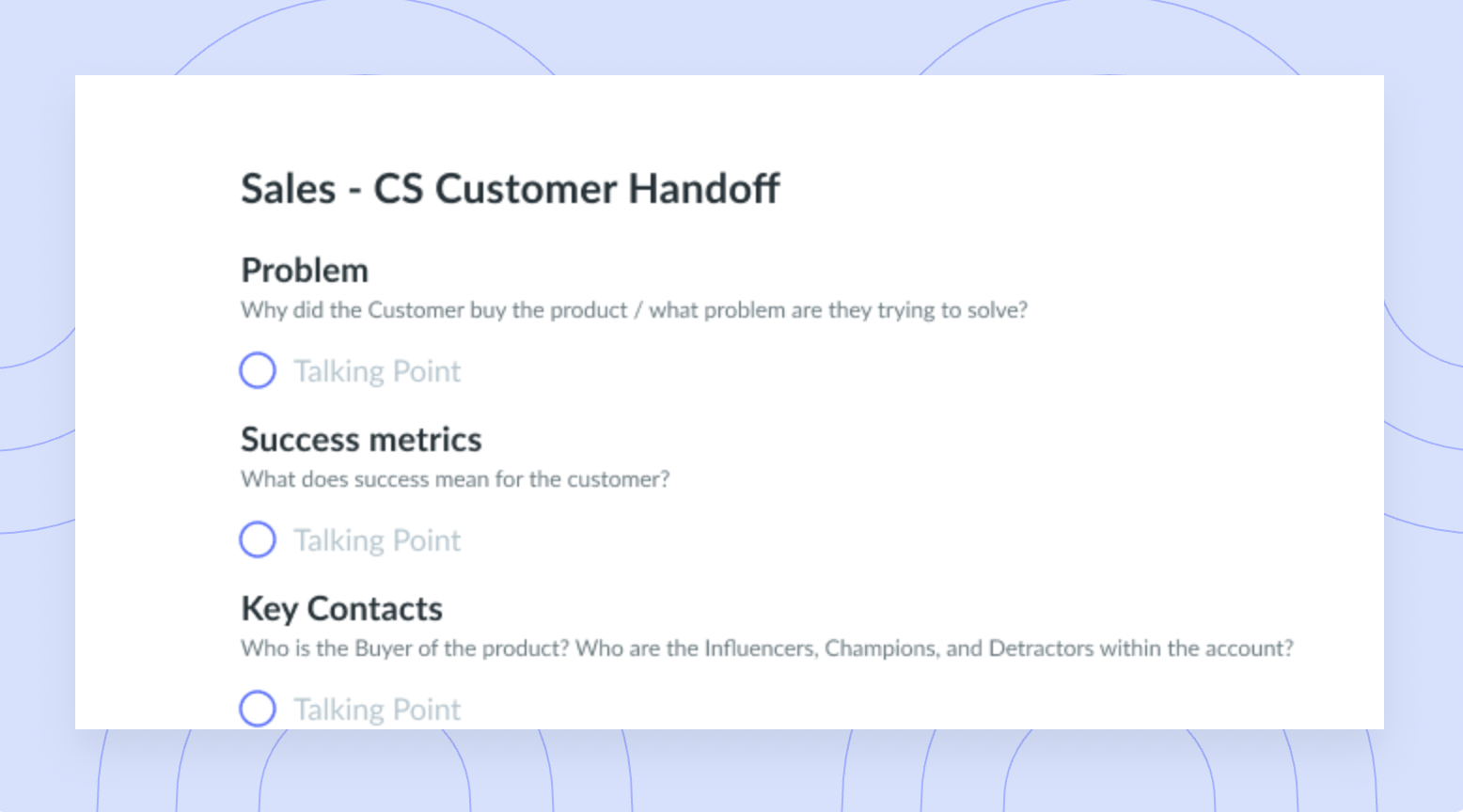Change Management: 5 Tips to Achieve “Buy-In” and Create Sustained Change
Don’t know where to start when it comes to selling your boss on a new idea? Read on for tips on how to get buy-in and initiate changes inside your company that stand the test of time!
Believe it or not, there was a time in my life where I had to convince my boss that our organization needed a Twitter account. You see, my boss at the time wasn’t really sure he wanted to spend good company time conversing with random people on this new fandangled social platform, nor was he really sure that we could continuously come up with content to keep things interesting.
Spoiler alert: We did end up creating a Twitter account and it worked out swimmingly, but how did my team win over our boss you ask? Our intelligence, charm and sharp wit of course! Just kidding, no – we did our homework, created a plan, and actively sought buy-in before making any changes to our overall operation.
Sounds like a lot of work, right? It is! But the opposite is also true, and a true waste of time.
Case in point: Raise your hand if you’ve ever been in a situation where a colleague or manager suggested your team try out a new project tracker or piece of software. Things seem cool and even exciting at first, but then about three months in you step back and look around and everyone has seemingly either abandoned the tool or reverted back to what they were using in the first place. Super frustrating! Why does this happen? It’s actually pretty simple:
- People didn’t believe there was a problem that actually needed solving, or
- People didn’t believe the suggested solution would truly solve the problem.
Believe it or not, research in change management tells us that 70% of all projects that seek to bring about some kind of change inside an organization fail. 70%! That’s a lot of time and money being wasted folks!
So, what’s the solution then? Before initiating any kind of change – no matter how big or small – work to ensure you have solid buy-in first, that you understand all perspectives, and that you’ve created an environment for real change to take place and last over the long term.
How to get buy-in and create an environment for sustained change
- Be clear about the problem
- Secure a change sponsor
- Have an implementation plan
- Communicate clearly before, during and after
- Actively seek feedback
1 Be clear about the problem you are trying to solve
If you take away one thing from this article, make sure it’s this: The problem you are trying to solve needs to be a real problem, felt by many people inside your organization in order for your suggested solution to have any legs. In the words of one of my favourite change management leaders and my former professor, Caroline Kealey: “Everyone needs to feel the pain to buy into the solution.”
Two key tips for talking to your colleagues or your boss about the problem:
Make the problem relatable and put yourself in their shoes
It’s critical to frame the problem in such a way that your colleagues and management relate to and identify with the problem. Remember, you’re aiming for a reaction like “Ack, you’re right! That is such a pain! You have a solution? Tell me!” Your colleague might identify with the fact that the company has an issue keeping track of project timelines and therefore they get tons of last-minute requests.
Your boss, on the other hand, might identify with the amount of company time and money being lost due to poor project tracking and low productivity. Know your audience, understand what matters to them, and speak to the problem and the possible solution in a relatable way.
Actively listen, measure if possible, and then listen some more
Being clear about the problem means actively listening to those around you. As you explain the problem, do your colleagues have a different view? Do they have an additional but related problem? Can the problem be measured through an employee survey or analytics? It is vital to listen to your colleagues and to management as you discuss the problem because you may very well uncover a new layer that you had never originally considered which requires you to modify your solution.

Pro tip
Use a meeting management tool like Fellow to organize your thoughts into talking points and show up prepared to have an effective conversation to initiate change.
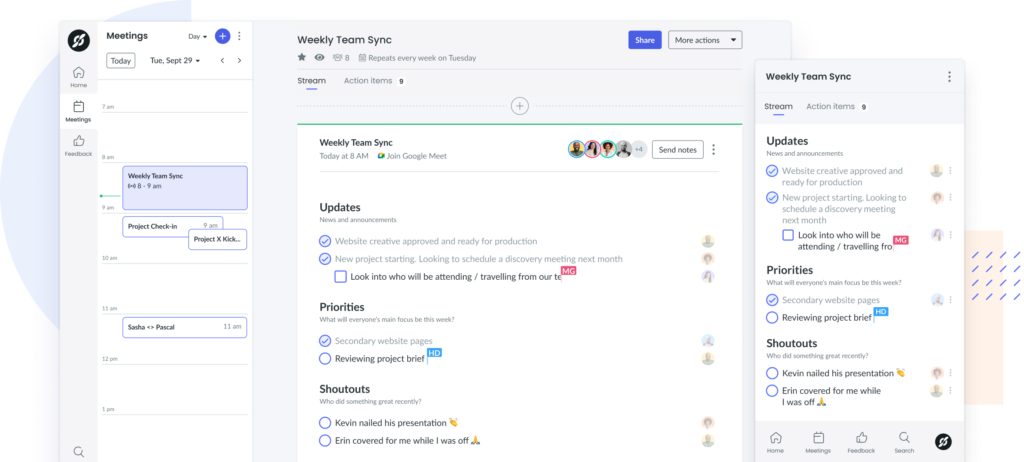
2 Secure a change sponsor, not just a change cheerleader
If you are the sole person inside your organization pushing for change – whether it be a new tool, tech or process – it will fail. As the ResultsMap change management process teaches, long-term and sustained change inside a company requires someone at the top to “sponsor” the change, not just be its cheerleader.
A sponsor is someone inside the company, usually a manager or executive, who helps communicate, manage, and be accountable for the change. This person doesn’t need to be the CEO or oversee all the tiny details, but they do need to enjoy a high degree of social capital – meaning they are highly connected, valuable to the organization, and tend to enable cooperation and collaboration between teams. All organizations have these people. Find the person that everyone listens to, the person who is highly credible and authentic, the person who is willing to go the extra mile, and secure them as your sponsor.
3 Have an implementation plan (and follow it)
Remember the old adage: If you fail to plan, you plan to fail. Not only does it roll off the tongue but it’s 100% true. Whether we’re talking about something simple like creating a Twitter account at my old workplace, or implementing a new tool to enhance team productivity, or even something huge like merging two departments in a company, a plan (written down – not in your head) is required for success. At the very least, you should be thinking about the following components and asking the following questions:
- Who – Who do I need to tell about this? Who does it impact? Who is the audience?
- What – What are the precise details of the rollout? What do we need to communicate? What are the intended results?
- Where – Where is this happening? Will it impact people’s day-to-day physical work environment?
- When – When is this taking place? What is the timeframe?
- Why – Why are we doing this in the first place? (Recall: your problem)
- How – How much will this cost? How will we measure success?
4 Communicate clearly before, during and after
Communication is key to the success of any change inside an organization. If your organization is lucky enough to have a communications team – or better yet, an internal communications team – engage them early and work with them often to help strategically get messages out to employees within the organization.
Pro tip: there is such a thing as over-communicating. No one will appreciate a daily update about how your new tool is changing the lives of your team. Pick a communication frequency that makes sense for the magnitude of the change you are trying to implement and sustain.
5 Actively seek feedback and measure results on repeat
Like any other project inside your organization, if you start down the path of changing work tools, spaces, teams or processes, it is vital to collect feedback and measure results fairly continuously. Depending on the change you are trying to implement, this can be done in a multitude of ways including employee satisfaction surveys, productivity calculators, or even just good ol’ face-to-face feedback.
Parting advice: Don’t fall so in love with your idea that you forget about the most important thing – the problem.
In closing, it’s important to remember one thing: as much as you love your idea, your tool, or your new solution – if you’ve followed the steps, and it’s clear your suggested change is not working, it’s ok to abandon it and reassess. Don’t make the mistake of continuing to figuratively beat people over the head with something that isn’t working. Take the feedback, regroup, refocus on the original problem, and try again.









